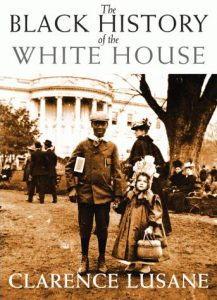
The untold story of African Americans in the White House from the 18th century to the present, including the presidents who held people in bondage.
On Oct. 13, 1792, the White House cornerstone was laid.
How many students learn in textbooks or tours to D.C. that while the Obamas were the first African American “First Family,” they were not the first African American residents of the White House?
Clarence Lusane’s The Black History of the White House shares the untold stories of some of the people who were enslaved by U.S. presidents, including stories of resistance and escape.
Lusane describes the myriad ways that the White House and the lives of African Americans have been intertwined throughout U.S. history, from the building of the White House to the present day.
Enslaved laborers were likely involved in all aspects of White House “construction, including carpentry, masonry, carting, rafting, plastering, glazing and painting, . . .and shouldered alone the grueling work of sawing logs and stones.” Read more.
Learn more from Lusane’s article “Missing from Presidents’ Day: The People They Enslaved.”
Untold History: More Than a Quarter of U.S. Presidents Were Involved in Slavery, Human Trafficking
Clarence Lusane on Democracy Now! on Feb. 17, 2014.
Poem by Clint Smith III
“When you sing that this country was founded on freedom, don’t forget the duet of shackles dragging against the ground my entire life.” This is how poet Clint Smith III begins his letter to past presidents who owned people. In honor of Black History Month, Smith offered his Brief But Spectacular take on the history of racial inequality in the United States. From PBS NewsHour, 2017
Find more resources below.


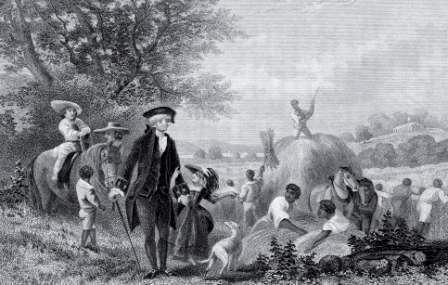
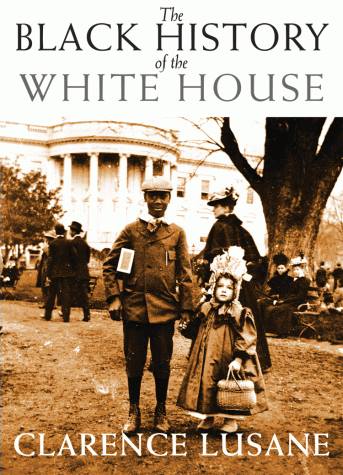

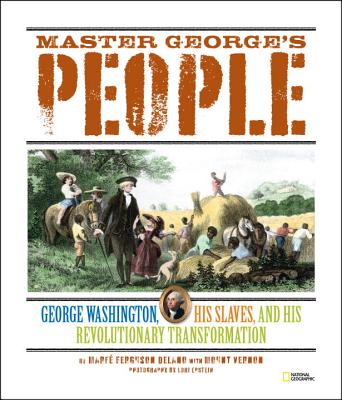

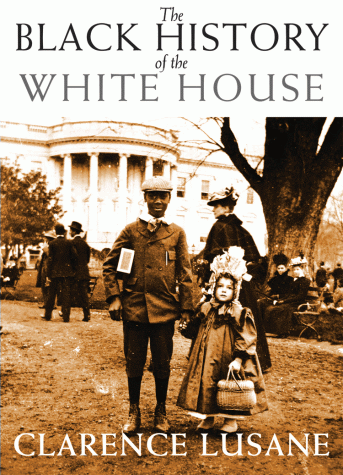
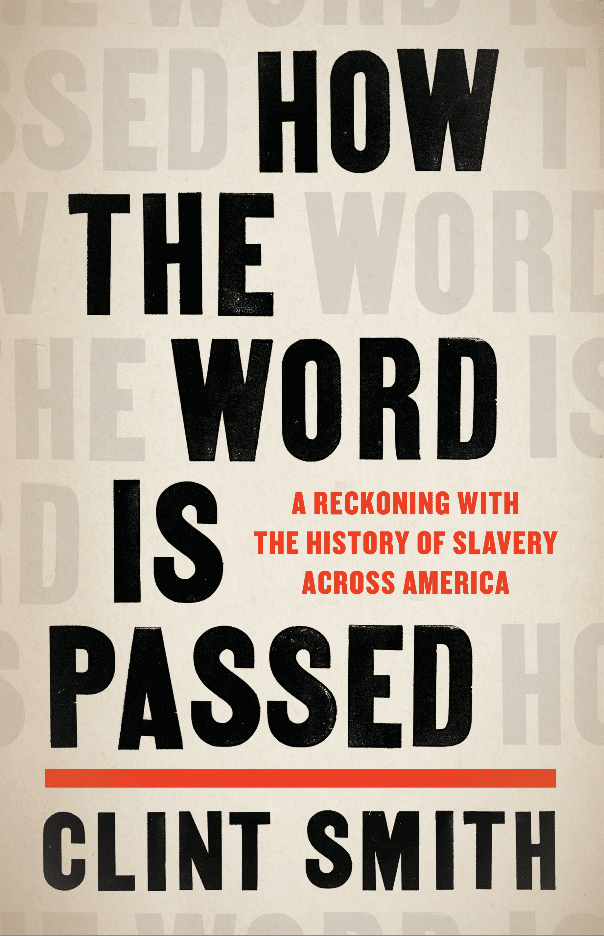

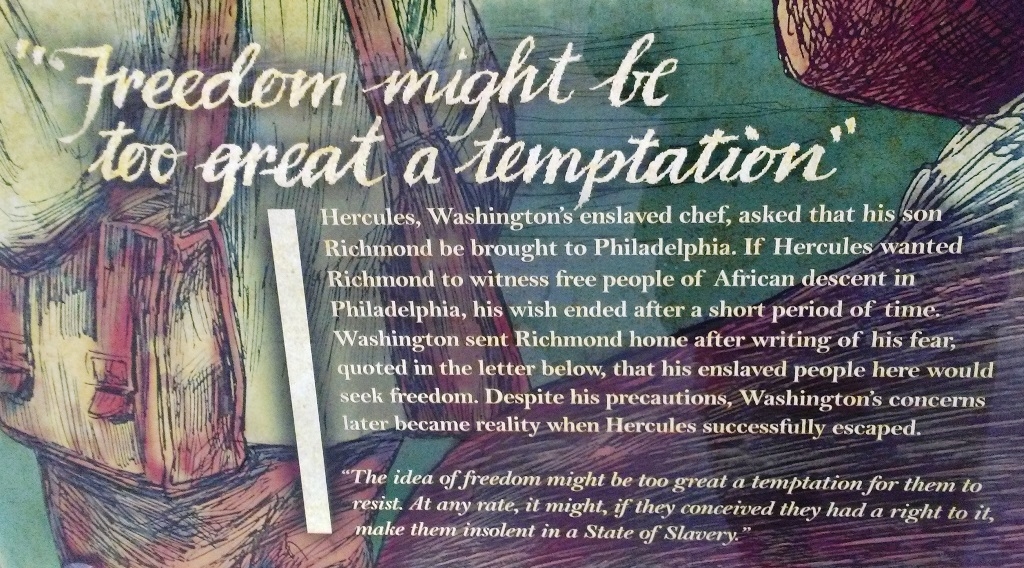
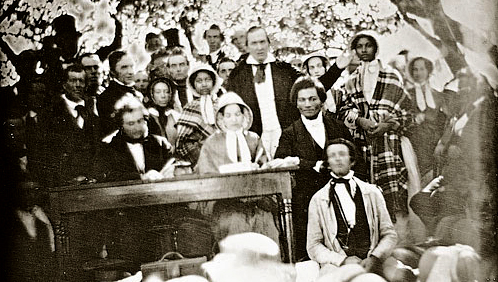





Twitter
Google plus
LinkedIn